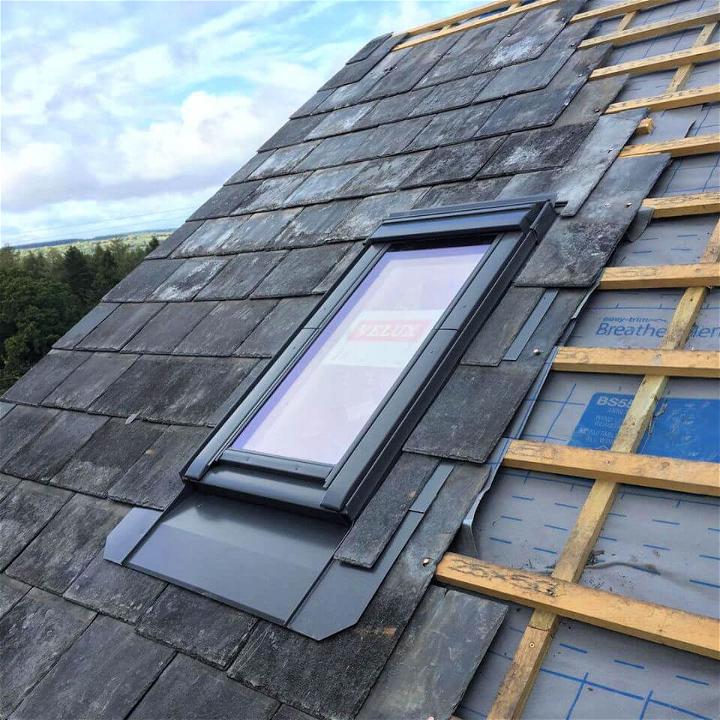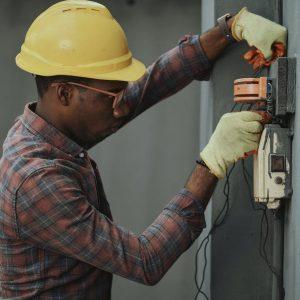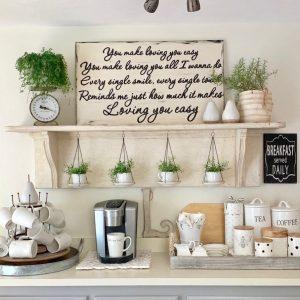Recent events have taught us that while the welfare of our families and our home is at risk, we can not implicitly believe the state and big business. A well-wintered house has what it takes, holding warm air in and cold air out, to survive winter conditions.
Seal openings across the frames of doors and windows
Also, cracks and gaps around doors and windows can cause heat leakage, so seal them with cheap insulation strips or even blanket bits. Pay heed to, and protect, open keyholes, mailboxes, and crawl spaces that can also bring cold drafts in. Make sure that the flue is covered or recommend investing in a chimney bubble if you have any unused chimneys (from about 20 euros on the Internet). Do not cover the flues, as if they get covered, you can run the risk of carbon monoxide poisoning. Keep it healthy for each room that has a gas appliance by buying a carbon monoxide detector. It could be even a good idea to take a quick little loan at https://directloantransfer.com/200-dollar-loan/ to buy some materials, especially if it’s the end of the month and you need some extra cash.

Cover gaps that are drafty
During the Great Depression, Draft Snakes became common. There’s a reasonable explanation for that: it’s cheap! Also, this means holding the cold at bay. You can buy draft snakes in shops or online, but stitching fabric into a long tube and filling a bag with sand or rice makes it just as easy to make your own.
Bubble wrap on the windows
Glass is one of the greatest culprits of winter heating losses is inefficient screens. If yours is old, odds are they’re not up to the challenge of keeping the requisite heat where it belongs within your house. It is pricey, though, to repair such obsolete screens. Luckily, there’s a temporary workaround to prevent the windows from seeping cool air in. Try using bubble wrap to protect them. It might sound weird, but bubble wrap can capture cold air pockets while allowing the glass to glow with light.
Seal air leakages in the attic
Find and seal holes that could allow outside exposure of up to 30 percent of heated or cooled air. For electrical fixtures, plumbing, fans, and sockets strip attic insulation to locate and seal cutouts in the drywall. Check the wiring, chimneys, pipes, and ducts as well, and lock them in. Using caulk to plug smaller gaps and cover bigger spaces with foam.
Seal the furnace tubes
Usually, heating ducts waste 20% to 30% of the hot air they hold, losing it to leakage and bad ductwork. Leaky heating ducts contribute to larger bills and a house that is more difficult to keep warm. Via a process called re-drafting, devices such as water heaters and furnaces can cause the accumulation of harmful gases, such as carbon monoxide. Sealing leakage will minimize this risk, but if a combustion protection test is required, ask a heating contractor before beginning work. All the ducts you would not be able to reach: others are covered indoors, roofs, and floors. But with the sealing of uncovered ducts in the attic, basement, and garage, you can enhance efficiency.
Remove air conditioners from windows
What do you think happens in the winter when you open your windows – goodbye to the heat! It sounds like common sense, but some homeowners forget that to house their air conditioning unit, their window must be open. The fact that you would lose a LOT of heat will not be negated by any amount of insulation around the device. The answer is simple: by next summer, pull the A/C machine out of your window. We know that getting it out is bulky and cumbersome. When you notice the change in the temperature of your home and see the drop in energy costs, you’ll forgive yourself.
Hot water pipes insulate
In your basement or cellar, insulate the hot water pipes by adding foam sleeves on them. At hardware shops, you can find pre-cut, hollow-core, lightweight foam pipe insulation. Write downpipe diameters and lengths and, when you shop, take the measurements with you. By cooling the water as it flows through them, uncovered pipes lose heat. Between the hot water tank and the wall, make sure to include the piping. Even, in the first 3 feet after they reach the building, insulate cold water pipes.
Upgrading the boiler
After the initial cost, replacing an older boiler will have a major effect on your heating bills. It’s worth replacing it with a new condensing boiler if the boiler is more than six years old (and definitely if it’s 10 or 15 years old). Such boilers can be roughly 95% effective, whereas older boilers are usually 60-70% efficient. It is necessary to have an approved technician regularly inspect the boiler. And order it if you don’t have it already.
Take these moves to make sure you’ll be 100% prepared before next winter hits. Keep safe, Stay safe and stay healthy.




